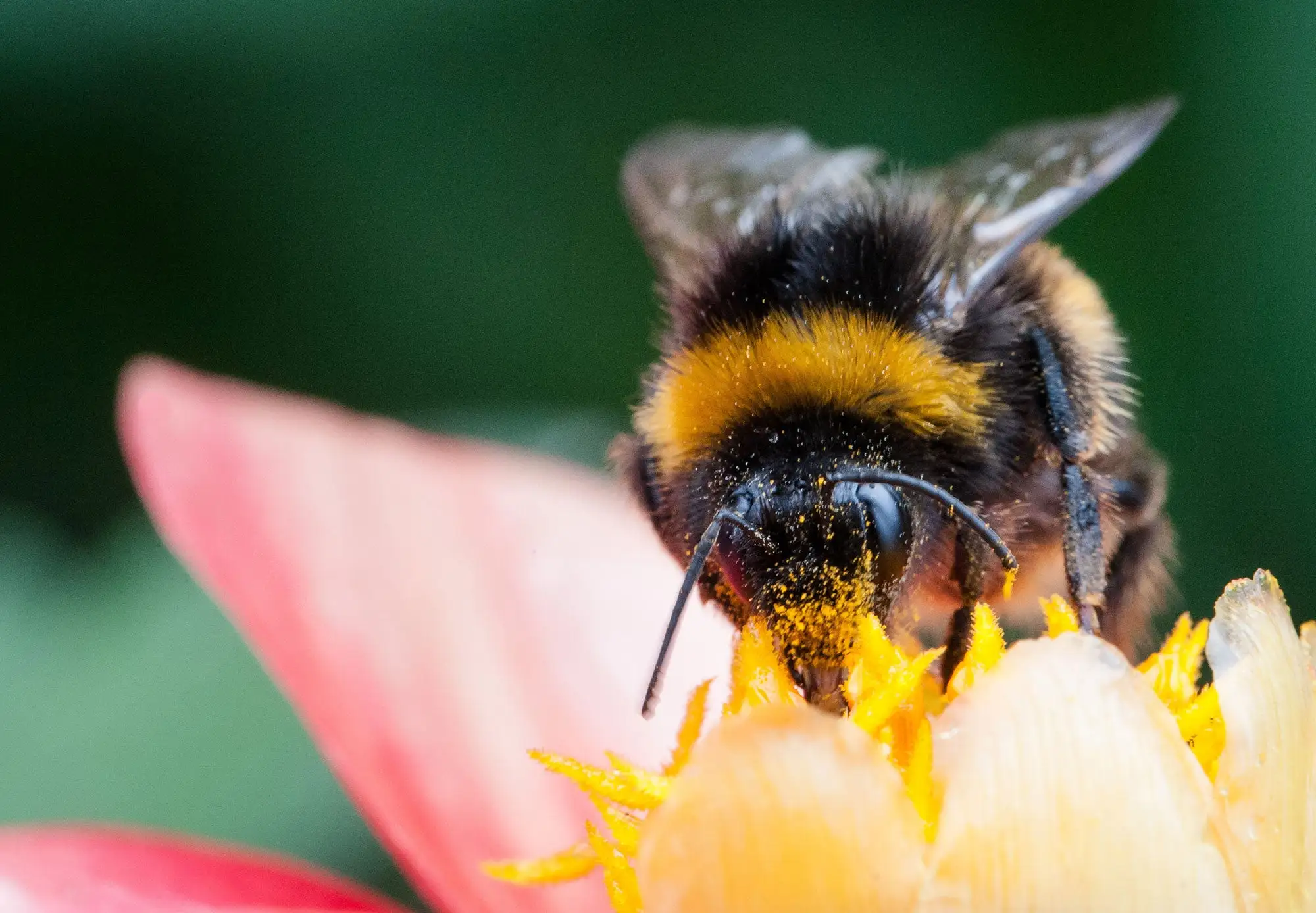A recent study from Penn State reveals that honey bees may contribute to rising virus levels in wild bumble bees each spring. Published in the journal Ecosphere, the research highlights how seasonal trends in virus and parasite transmission affect both bee species.
The study found that honey bees consistently exhibit higher virus levels compared to bumble bees. Although both bee types experience a drop in virus prevalence during the winter, only bumble bees show minimal virus presence by spring.
Heather Hines, an associate professor of biology and entomology at Penn State and the study’s corresponding author, suggests that honey bees might be reinfecting bumble bees, which would otherwise have low virus levels each spring. This finding underscores the importance of managing honey bee colonies to reduce pathogen transmission between wild and managed bees.
“Our data indicates that healthy wild bee populations are linked to proper honey bee management,” Hines explained. “Effective practices include maintaining high-quality nutrition throughout the seasons, minimizing pesticide use, and controlling Varroa mites, which are known to increase viral loads late in the season.”
Hines emphasized that while honey bees are identified as potential spring virus reservoirs, this doesn’t imply they are detrimental. Instead, proper management of honey bee colonies is crucial for the health of overall pollinator communities.
Globally, pollinators are vital for the reproduction of most food crops and wild plants. Managed honey bee colonies play a significant role in agriculture by pollinating plants, while native species like bumble bees and solitary bees provide essential natural pollination services, enhance fruit set, and are crucial for pollinating numerous plant species.
Bumble bees, native to the United States, are the primary pollinators for crops such as blueberries and cranberries. In contrast, honey bees, which originated in Asia, are more effective at pollinating orchard crops due to their ability to mobilize large numbers of bees to the resources.
Despite their similarities, honey bees and bumble bees differ significantly in ways that affect disease dynamics. Honey bees are perennial, with colonies surviving year-round, while bumble bees are annual, with new queens overwintering and starting new colonies in the spring. These differences likely influence how diseases are spread between managed and wild bee populations.
The study examined how seasonal trends affect virus and parasite spread by collecting bumble and honey bees over four years at six sites in Centre County. Researchers screened for deformed wing virus (DWV) and black queen cell virus (BQCV) using molecular techniques and for protozoan pathogens and parasites through microscopy. They compared virus and parasite prevalence in different bee species throughout the year.
Findings revealed that both DWV and BQCV were common in honey and bumble bees, with higher levels of DWV in the fall and higher levels of BQCV in mid-season. However, honey bees consistently harbored higher levels of these viruses year-round.
“The most striking seasonal difference was observed in the spring,” Hines noted. “While bumble bees had negligible virus levels, suggesting queens may either be resistant or die if infected, honey bees retained relatively high virus levels. This indicates that honey bees act as viral reservoirs, potentially reinfecting native bee populations that would otherwise clear these viruses in the spring.”
This study contributes to ongoing research into the impact of managed honey bees on pathogen loads in bee communities. Hines’ lab is also investigating how landscape factors in the eastern U.S. influence bumble bee pathogen loads, aiming to identify management practices that could mitigate bee diseases.
Future research will focus on queen immunity and pathogen vulnerability to further understand these dynamics.
The paper was authored by Briana Wham, a Penn State research data librarian and former entomology doctoral student; Elyse McCormick, a doctoral candidate at the University of Massachusetts; and several Penn State alumni. The research was supported by a Northeast Sustainable Agriculture and Research Graduate Student Research Grant.
